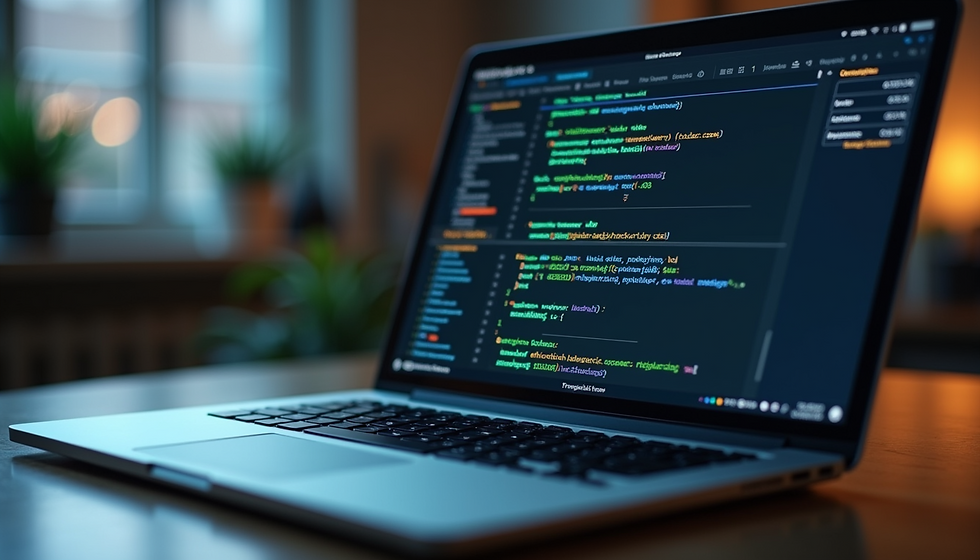How to Implement Pair Programming and Mob Programming to Boost Your Dev Team’s Productivity
- Hapidev Team

- Jul 18
- 2 min read
Updated: Aug 10
In the world of software development, collaborative coding methods have gained increasing popularity for their ability to improve code quality, enhance knowledge sharing, and strengthen team cohesion. While most developers are familiar with Pair Programming, fewer have experienced the dynamic and increasingly adopted Mob Programming approach.
If you’re wondering how to integrate these practices into your team and when to use them, this guide breaks it down for you.

What is Pair Programming?
Pair Programming is a collaborative technique where two developers work together on the same task, using a single workstation. One person, called the Driver, writes the code while the other, the Navigator, reviews each line in real-time, suggesting improvements, anticipating issues, and focusing on the overall direction.
Why implement Pair Programming?
Immediate code review and problem-solving.
Continuous knowledge transfer and upskilling.
Improved code quality and reduced bugs.
Enhanced team communication.
How to implement it:
Start with short, focused tasks.
Rotate roles (Driver and Navigator) every 20–30 minutes.
Set clear goals for each session.
Use collaborative tools like Visual Studio Live Share or Tuple for remote pairing.
Debrief after sessions to capture feedback and improve.
What is Mob Programming?
Mob Programming takes the concept even further: the entire team works together on the same problem, at the same time, on a single workstation. One person writes the code while the rest observe, discuss, and guide the direction of the work. Roles rotate regularly, typically every 10–15 minutes.
Why adopt Mob Programming?
Aligns the entire team around technical and architectural decisions.
Facilitates knowledge diffusion and breaks down expertise silos.
Great for complex features, architectural refactors, or onboarding new team members.
Reduces back-and-forth reviews and accelerates consensus.
How to implement it:
Choose a task suitable for group work (complex logic, design decisions, code refactoring).
Define clear roles: Driver (coder) and Navigators (the rest of the team).
Rotate the Driver every 10–15 minutes.
Use large shared screens or remote collaboration tools like Visual Studio Code Live Share and Zoom screen sharing.
Set ground rules to keep discussions focused and productive.
Debrief at the end of each session to review outcomes and adjust the process.
Pair vs Mob: When to Use Which?
Pair Programming is perfect for isolated, well-defined tasks, mentorship sessions, or when introducing new frameworks and tools.
Mob Programming is ideal for architectural decisions, complex problem-solving, or projects requiring high team alignment.
Both methods share the same objective: improve code quality through collaborative, continuous feedback while boosting team learning and engagement.
Is It for Everyone?
While some developers thrive in collaborative environments, others prefer solo coding. It’s essential to introduce these practices progressively and gauge your team’s preferences and comfort levels.
You might start with weekly Pair Programming sessions and occasional Mob Programming workshops on complex topics to test the waters.
Sources & Further Reading
Beck, K. (2000). Extreme Programming Explained: Embrace Change.
Zuill, W. (2014). Mob Programming: A Whole Team Approach.
Thoughtworks Technology Radar (2024) — Collaboration Practices section.https://www.thoughtworks.com/radar
Martin Fowler. Pair Programming and its Implementation.https://martinfowler.com/articles/on-pair-programming.html
Mob Programming Guide by MobProgramming.orghttps://mobprogramming.org



Comments